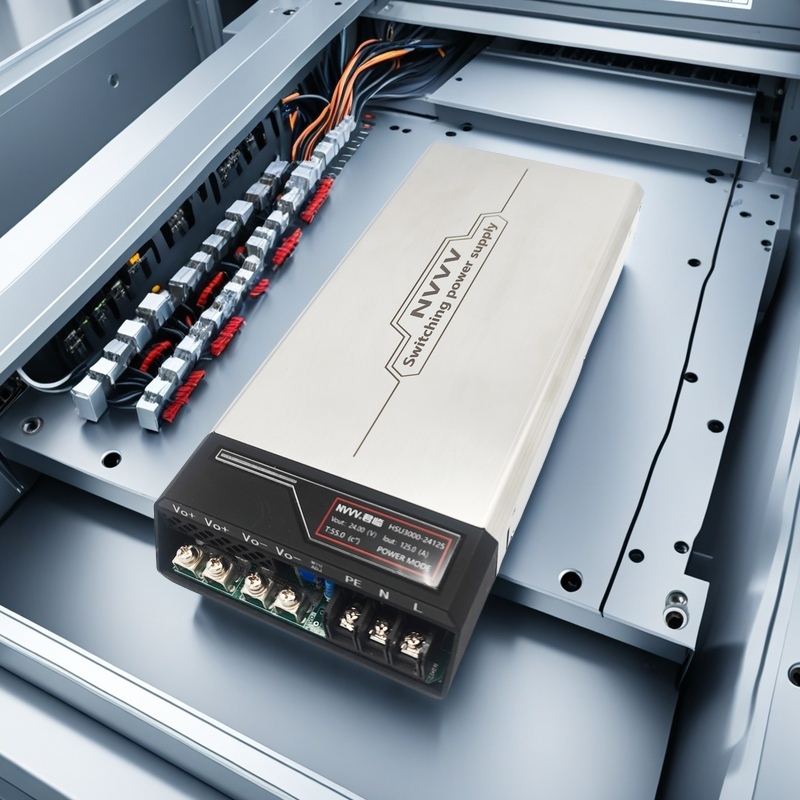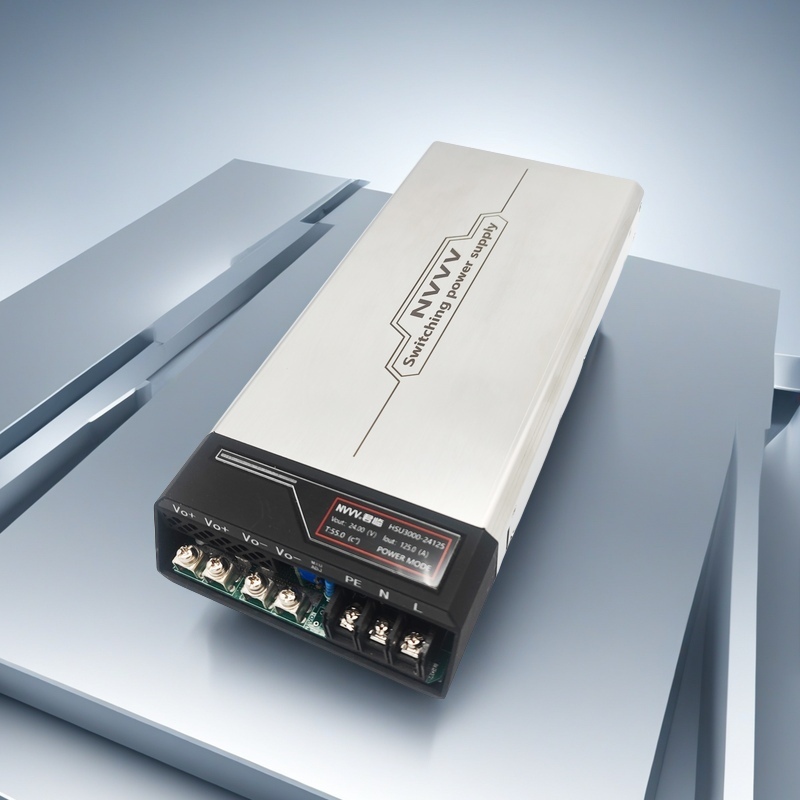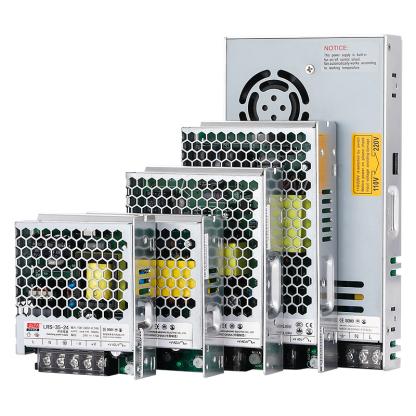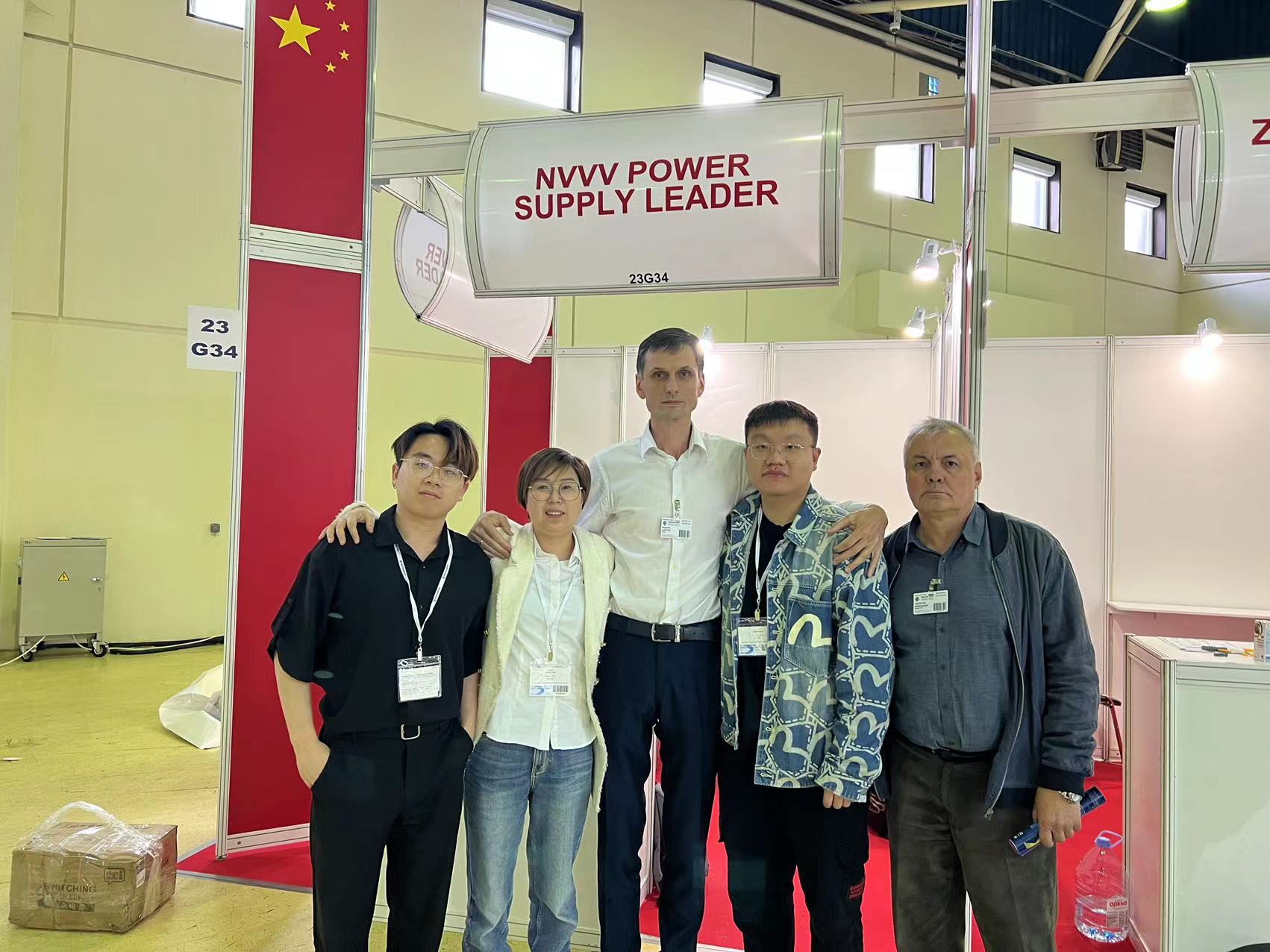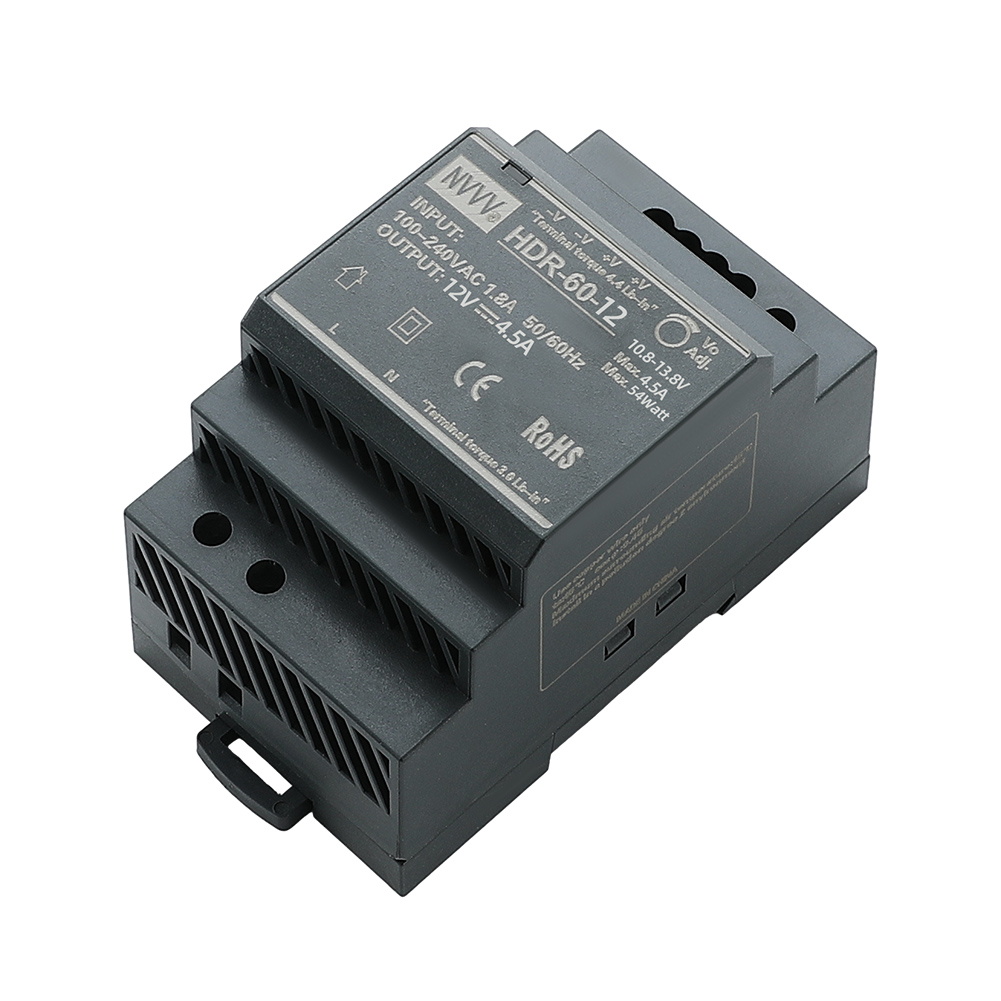5 Reasons Why Switching Mode Power Supplies Are Essential for Modern Industrial Systems
The modern industrial world runs on precision, reliability, and efficiency—and behind nearly every control panel, automation cabinet, or machine controller, there’s a component quietly doing its job: the switching mode power supply (SMPS).
While it may not be the flashiest part of the system, SMPS is arguably one of the most critical. Whether you’re running a fire alarm, a building automation system, or a factory conveyor line, delivering clean, stable, and efficient power is non-negotiable. That’s where SMPS outshines older power technologies.
In this article, we’ll explore five key reasons why SMPS is the preferred power supply solution in today’s industrial landscape—and how it helps you build smarter, safer, and more future-proof systems.
Table of Contents
SMPS Offers High Efficiency That Cuts Costs and Heat
Compact Design and Versatile Mounting Options Save Space
Clean, Regulated Power Keeps Digital Systems Stable
Built-In Protections Reduce Risk and Maintenance Costs
SMPS Supports Global Standards and Harsh Environments
Why NVVV Switching Power Supplies Are Trusted in Industry
1. SMPS Offers High Efficiency That Cuts Costs and Heat
In industries that operate around the clock, power consumption isn’t a background concern—it’s a budget line. Traditional linear power supplies, while simple and reliable in small-scale applications, often operate at 50–70% efficiency, with the rest lost as heat. That inefficiency adds up quickly in large or continuously running systems.
Switching mode power supplies, on the other hand, typically operate at 85–95% efficiency. This means more energy reaches the equipment and less is wasted. The benefits are twofold:
Lower operational costs over time
Reduced heat output, which means less reliance on cooling systems and a longer life for both the power supply and the equipment it serves
For example, a packaging facility that replaced its older linear supplies with modern SMPS saw energy savings of over 15% in the first year alone. Even more importantly, they noticed fewer thermal shutdowns, and maintenance teams reported reduced component wear.
SMPS doesn’t just save money—it helps create a cooler, more stable electrical environment, which is critical for sensitive automation systems.
2. Compact Design and Versatile Mounting Options Save Space
Industrial environments are rarely spacious. Control panels often resemble tightly packed puzzles of relays, PLCs, motor starters, and wiring. This is where SMPS really earns its place.
Because SMPS uses high-frequency switching, it can achieve the same power output as a linear supply—but in a much smaller package. This allows engineers to fit more functionality into the same physical space or to reduce the size of enclosures altogether.
Most SMPS models are also available in DIN-rail mountable formats, making them quick to install, swap, or expand. This modularity supports better system design, faster upgrades, and easier maintenance.
One automation team working on an elevator control system noted that by switching to compact SMPS units, they were able to reduce the enclosure depth by 40%. This opened up space for additional modules and improved airflow inside the cabinet, all without changing the electrical layout.
3. Clean, Regulated Power Keeps Digital Systems Stable
As industrial systems become increasingly digital—with PLCs, sensors, HMIs, and communication modules all working together—power quality has become more important than ever.
Even minor voltage fluctuations, electrical noise, or ripple can disrupt signal processing, cause false readings, or interrupt communication between devices. Switched-mode power supply is designed to deliver precisely regulated output voltage with minimal ripple and EMI (electromagnetic interference), ensuring a stable power environment for sensitive electronics.
SMPS often includes:
Tight voltage regulation, often within ±1–2%
Low output ripple, ideal for analog and digital circuits
Integrated EMI filtering, reducing the risk of crosstalk and signal loss
In one smart warehouse project, the team noticed that network-connected temperature sensors occasionally failed during power fluctuations. After replacing the standard power supplies with SMPS units with better EMI shielding and voltage stability, the system ran reliably—with no further data loss or miscommunication.
In short, SMPS doesn’t just power your system—it protects its logic.
4. Built-In Protections Reduce Risk and Maintenance Costs
Industrial systems face real-world electrical challenges: brownouts, overloads, surge events, wiring errors. Without the right safeguards in place, these events can damage equipment or halt production unexpectedly.
Modern SMPS is built to anticipate and handle these risks, often including protection features like:
Overvoltage Protection (OVP)
Overcurrent Protection (OCP)
Short Circuit Protection (SCP)
Overtemperature Shutdown
Soft-start and inrush current control
These features aren’t just about protecting the power supply—they help prevent system-wide failures and reduce costly maintenance visits. In systems where downtime translates to lost revenue or compromised safety (like elevators, fire suppression systems, or emergency lighting), this kind of built-in resilience is crucial.
For instance, a building management system with dozens of lighting control panels was experiencing occasional resets during grid voltage fluctuations. After installing switch mode power supplies units with wider input tolerances and auto-recovery features, the issue vanished—no rewiring, no redesign, just smarter power handling.
5. SMPS Supports Global Standards and Harsh Environments
Industrial systems don’t operate in ideal conditions. Dust, vibration, temperature swings, moisture, and even corrosive air are common challenges. A good power supply must withstand the physical and electrical realities of industrial life.
Industrial-grade SMPS models are often rated for:
Wide operating temperature ranges (e.g., –30°C to +70°C)
Conformal coating to protect against humidity and contaminants
Fanless cooling, reducing moving parts and failure points
Metal enclosures for durability and EMI shielding
Full-range AC input (85–264V), suitable for global deployment
Certifications like CE, UL, RoHS, and EN61000, meeting global compliance needs
One integrator working on a pump monitoring system near a coastal plant had to deal with high humidity and salt-laden air. They selected conformally coated SMPS models with sealed terminals, and three years later, the power systems remain fully operational with no corrosion or failure.
This kind of durability not only enhances reliability—it frees up maintenance teams to focus on more strategic work, rather than firefighting recurring electrical issues.
The Small Device Making a Big Impact
From improved energy efficiency and compact design to clean power delivery and built-in protection, switching power supplies are transforming how modern industrial systems are powered.
They enable engineers to build smaller, smarter, safer systems. They reduce long-term costs while improving reliability. And they’re no longer just an upgrade—they’re a requirement in any system where performance matters.
Why NVVV Switching Power Supplies Are Trusted in Industry
At NVVV, we understand the demands of real-world industrial environments. That’s why our SMPS products are:
Built with long-life components for high uptime
Certified for global markets and safety standards
Available in compact, DIN-rail and fanless formats
Protected with advanced safety features
Backed by responsive technical support
Whether you’re designing systems for automation, building control, energy management, or safety infrastructure, NVVV delivers stable, efficient, and field-proven SMPS solutions—designed to keep your systems running at their best.

